
-
Find the right food for your pet
Take this quiz to see which food may be the best for your furry friend.
Find the right food for your pet
Take this quiz to see which food may be the best for your furry friend.
Featured products
 Adult 7+ Perfect Digestion Chicken, Whole Oats & Brown Rice Recipe Dog Food
Adult 7+ Perfect Digestion Chicken, Whole Oats & Brown Rice Recipe Dog FoodScience Diet's breakthrough nutrition supports ultimate digestive well-being & healthy microbiome for dogs age 7+
Shop Now Adult 7+ No Corn, Wheat, Soy Chicken & Brown Rice Dog Food
Adult 7+ No Corn, Wheat, Soy Chicken & Brown Rice Dog FoodSupports energy level and beautiful coat in mature dogs
Shop Now Adult Perfect Weight & Joint Support Chicken Recipe Dry Dog Food
Adult Perfect Weight & Joint Support Chicken Recipe Dry Dog FoodThis weight management and mobility support dog food was created with Hill’s unique understanding of the biology of overweight dogs.
Shop NowFeatured products
 Adult Savory Chicken Entrée Cat Food
Adult Savory Chicken Entrée Cat FoodPrecisely balanced nutrition with the delicious taste of savory minced chicken to help fuel the energy needs of cats during the prime of their life
Shop Now Adult Perfect Digestion Chicken, Barley & Whole Oats Recipe Cat Food
Adult Perfect Digestion Chicken, Barley & Whole Oats Recipe Cat FoodScience Diet's breakthrough nutrition supports ultimate digestive well-being & healthy microbiome
Shop Now Perfect Weight Salmon & Vegetable Canned Cat Food
Perfect Weight Salmon & Vegetable Canned Cat FoodOver 70% of cats lost weight within 10 weeks when fed this nutrition
Shop Now -
Dog
- Dog Tips & Articles
-
Health Category
- Weight
- Food & Environmental Sensitivities
- Urinary
- Digestive
- Joint
- Kidney
-
Life Stage
- Puppy Nutrition
- Adult Nutrition
- Senior Nutrition
Cat
- Cat Tips & Articles
-
Health Category
- Weight
- Skin & Food Sensitivities
- Urinary
- Digestive
- Kidney
-
Life Stage
- Kitten Nutrition
- Adult Nutrition
Featured articles
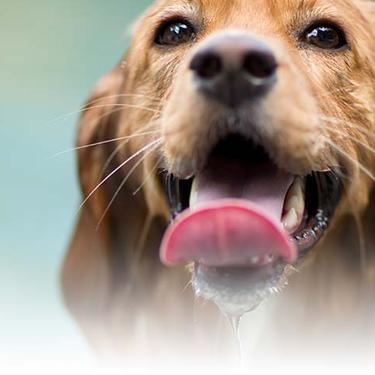 Water
WaterDiscover why water is the most important nutrient for your dog or cat to live a healthy life. Find out how much water your pet should consume each day.
Read More Pet Food Storage Tips
Pet Food Storage TipsDiscover how and where to store your dry, as well as canned, dog and cat food. Learn how to find the "best before" dates on all Hill's pet food packaging.
Read More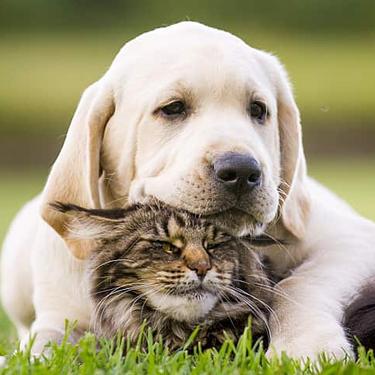 The Incredible Science Behind Your Pet's Microbiome
The Incredible Science Behind Your Pet's MicrobiomeLearn what a pet's microbiome is, how it contributes to your pet's gut & overall health, and why nutrition is important in maintaining healthy microbiomes.
Read More -
Find the right food for your pet
Find the right food for your pet


"Wanna go outside?" These are magical words to your pup, who will jump at the chance. There's nothing better than a weekend walk on a leaf-covered hiking trail or a late-afternoon visit to the neighborhood park. But keeping these outdoor spaces as healthy and beautiful as possible might mean making a few changes to your pet-walking routine. By reducing your pet's carbon paw print and making "green" choices, you can decrease negative impacts to your environment.
Get started by making mindful choices when engaging with nature, caring for your pet outdoors and selecting eco-friendly pet care products. Every small decision counts!
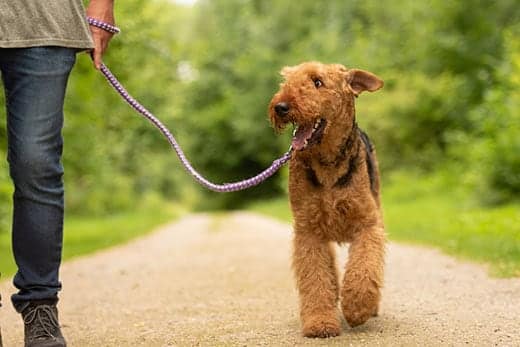
How to Be Green When Going Outdoors
The trail and mountain hiking enthusiasts from the 100-year-old Green Mountain Club in Vermont know a thing or two about taking four-legged friends along for an eco-friendly nature walk. They suggest adopting the "leave no trace behind" mindset: After you've enjoyed time in nature, there shouldn't be any signs of your presence lingering among the trees or on the trails. Try these tips:
- Stay on designated hiking trails and paths. Wandering off can damage nearby foliage or disturb resting wildlife, which could have an impact on the local ecosystems that keep the area healthy. Stepping off of designated trails is also a safety hazard. You don't want your pup to get too close to a nearby road or steep terrain with a drop-off.
- Leave what you see. Sure, that fallen branch or abandoned nest might look like a great chew toy, but it's not. Look, admire and walk away. Those items are part of the natural ecosystem and should stay put. Plus, you don't want to bring home parasites or bugs found on the organic matter.
- Pack up pet waste. Be courteous of other hikers and curious wildlife by picking up your pet's solid waste using poop bags and putting it in your backpack until you can get to a trash can. Leaving your pet's waste behind can introduce new bacteria to the ecosystem.
Before starting any outdoor adventure, look for signs or a park ranger to give you the inside scoop on any special rules or tips about the area you're visiting. There may be endangered species of plants in bloom this week to tiptoe around or a beautiful lookout point they don't want you to miss.


Tasty Tips
Young pets may need several visits in their first year for vaccinations. Adult pets generally benefit from annual check-ups, while senior or special-needs pets might require more frequent visits.
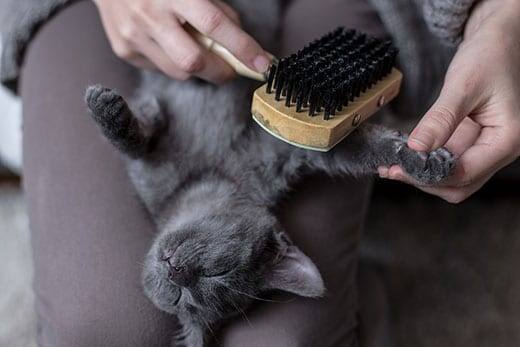
The Most Eco-Friendly Pet Care Supplies
Whether you're loading up your backpack for a long walk or simply stocking the pantry with pet supplies, do it with a nod to your environmentally friendly lifestyle. There are likely green alternatives to some of your usual supplies.
The American Kennel Club suggests choosing pet food and treats sold in recyclable packaging. You can also stock up on dog poop bags and cat litter made from biodegradable or compostable materials, such as corn or plant starches.
Another way to minimize your pet's carbon paw print is by choosing durable, long-lasting items, which reduces the amount of waste you put into the landfill. For example, a leather collar should endure more years of wear and tear than a nylon option. A ceramic or metal feeding bowl may last longer than a plastic dish.
Finally, when buying pet supplies, look for manufacturers using alternative power sources, such as wind or solar energy. You can also buy products made from sustainable resources, such as a bamboo-handled pet brush or a catnip toy made with hemp fabric. All plants — including bamboo, catnip and hemp — can be grown again.
You and your furry companion can double your green power by embracing an eco-friendly lifestyle together. With some planning and intentional shopping, you can extend your green life to your pet and reduce their carbon paw print. Try making one or two of these changes next time you purchase pet care products or schedule an afternoon of outdoor fun with your dog or cat. Each small green choice can make a big impact.


Angela Tague is a pet mom and writer living in the Midwest. When she's not making a mess in the kitchen, exploring nature trails with her dog, or attending a yoga workshop, she's writing full-time for multiple lifestyle and technology brands. You can find her on Twitter and LinkedIn @AngelaTague.
Related products

Over 70% of cats lost weight within 10 weeks when fed this nutrition

Feline Adult Perfect Weight Variety Pack

Science Diet's breakthrough nutrition supports ultimate digestive well-being & healthy microbiome

Precisely balanced nutrition with the delicious taste of savory minced chicken to help fuel the energy needs of cats during the prime of their life
Related articles

Discover how and where to store your dry, as well as canned, dog and cat food. Learn how to find the "best before" dates on all Hill's pet food packaging.

Discover why water is the most important nutrient for your dog or cat to live a healthy life. Find out how much water your pet should consume each day.
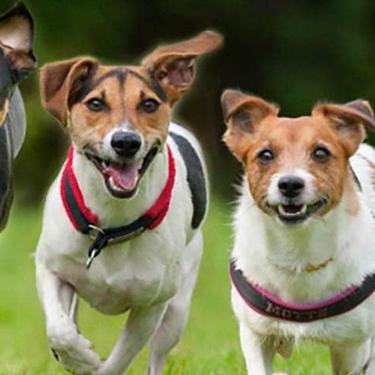
Discover how antioxidants fight against free radicals in your dog or cat's body, and why they are so important to your pet's diet.

Learn what a pet's microbiome is, how it contributes to your pet's gut & overall health, and why nutrition is important in maintaining healthy microbiomes.
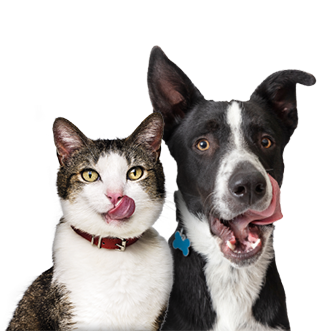
Put your pet on a diet without them knowing
Our low calorie formula helps you control your pet's weight. It's packed with high-quality protein for building lean muscles, and made with purposeful ingredients for a flavorful, nutritious meal. Clinically proven antioxidants, Vitamin C+E, help promote a healthy immune system.
Put your pet on a diet without them knowing
Our low calorie formula helps you control your pet's weight. It's packed with high-quality protein for building lean muscles, and made with purposeful ingredients for a flavorful, nutritious meal. Clinically proven antioxidants, Vitamin C+E, help promote a healthy immune system.

